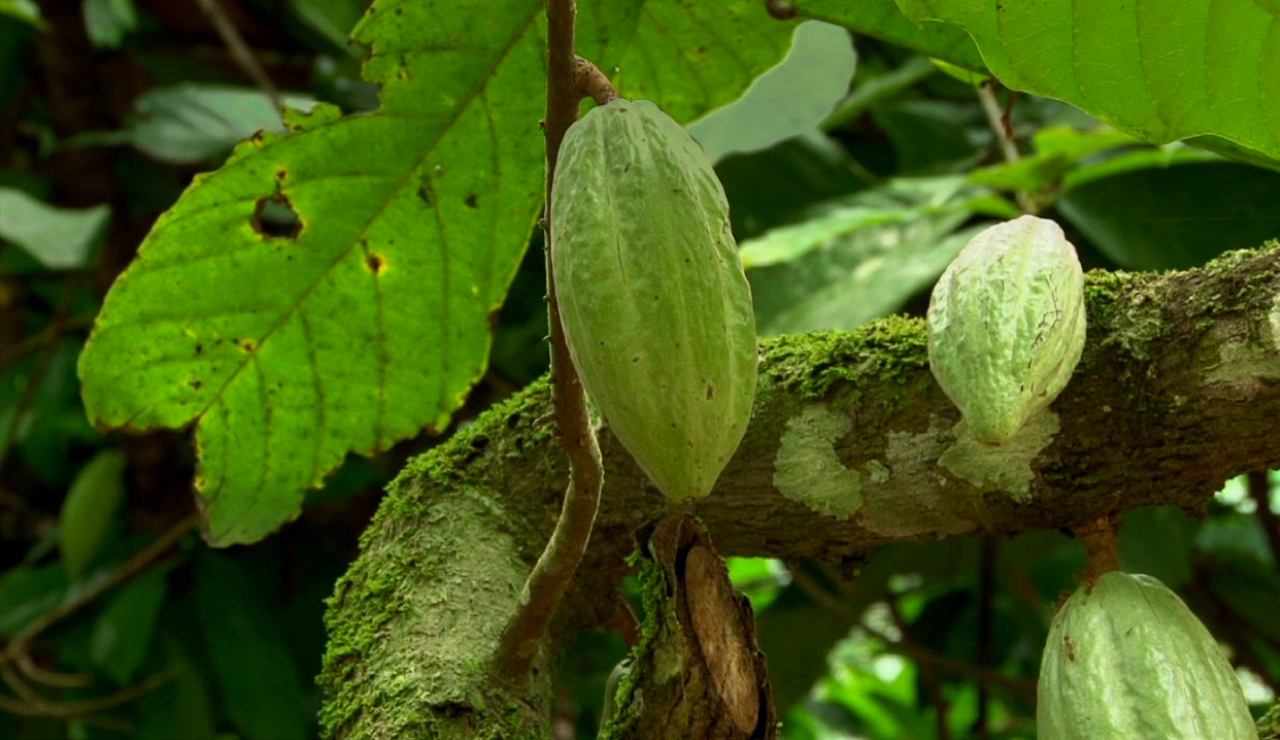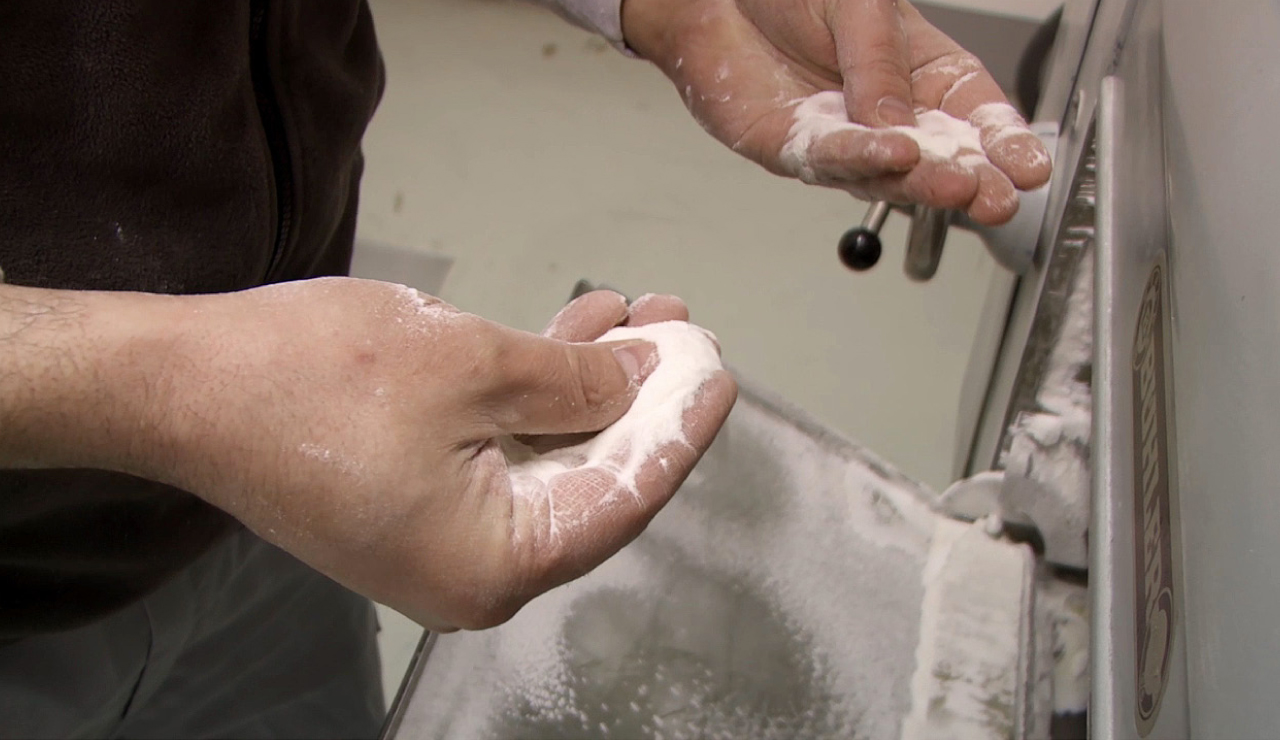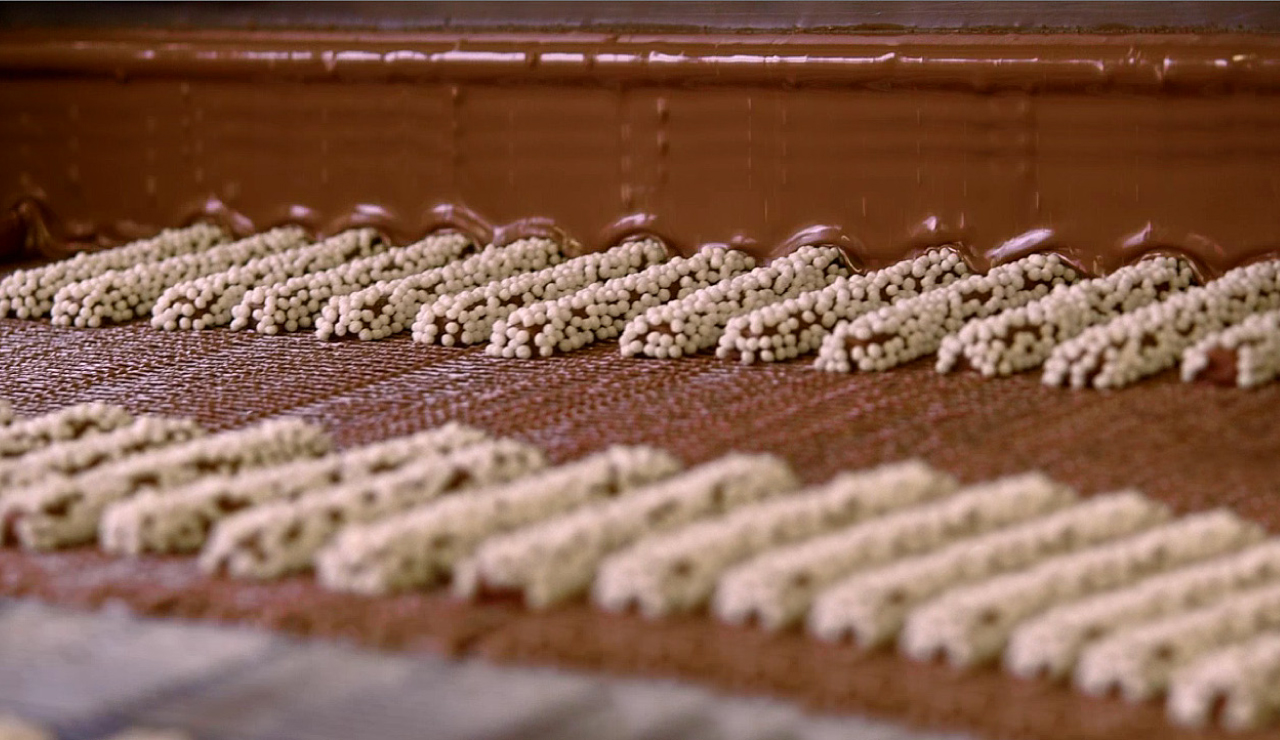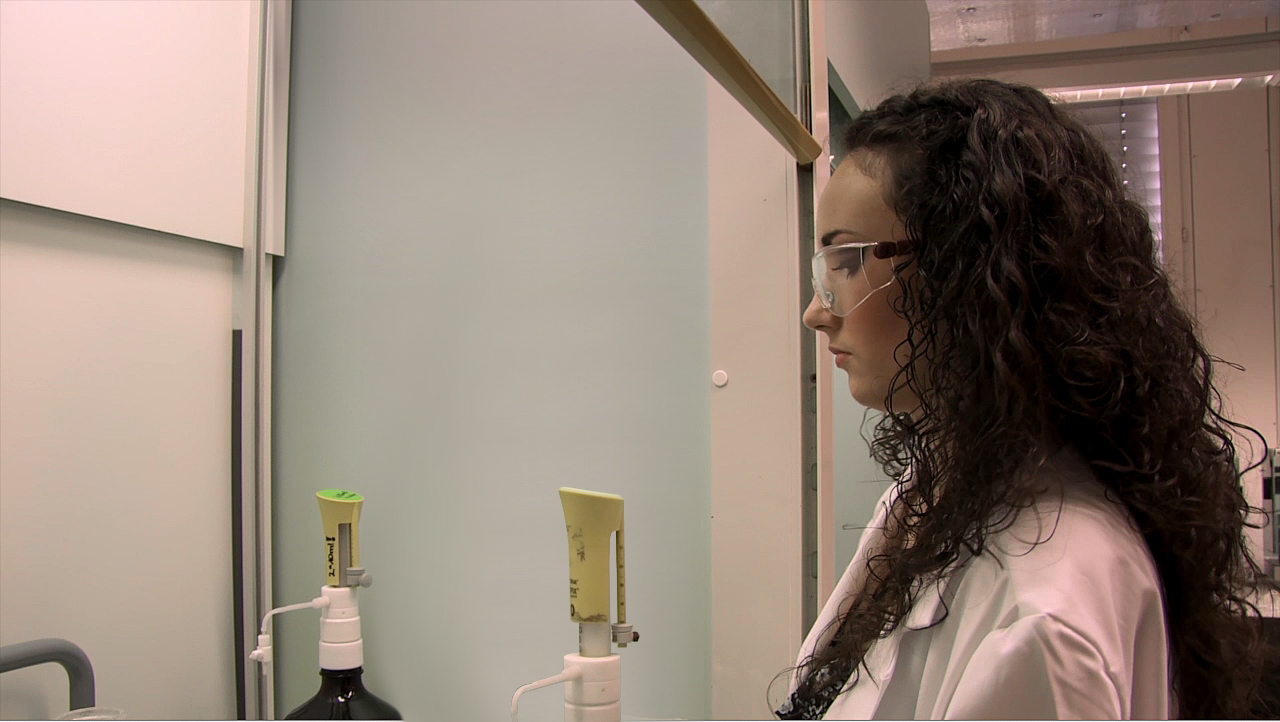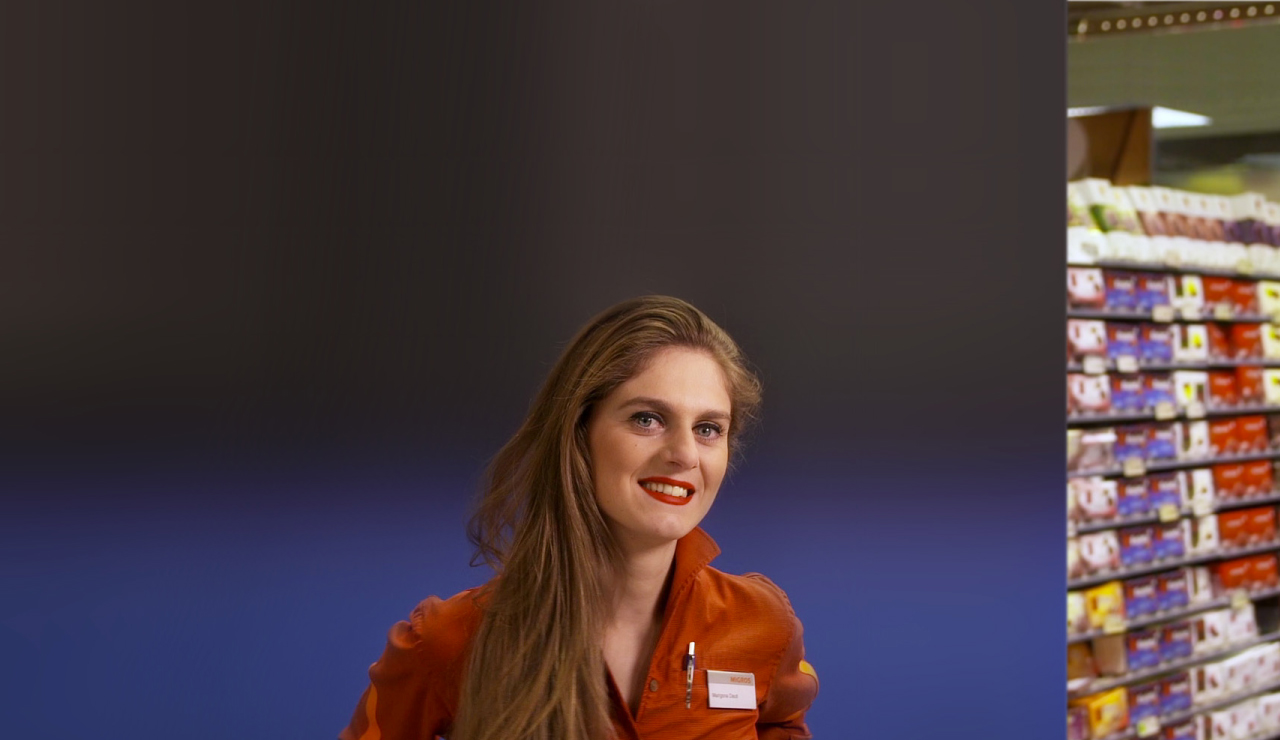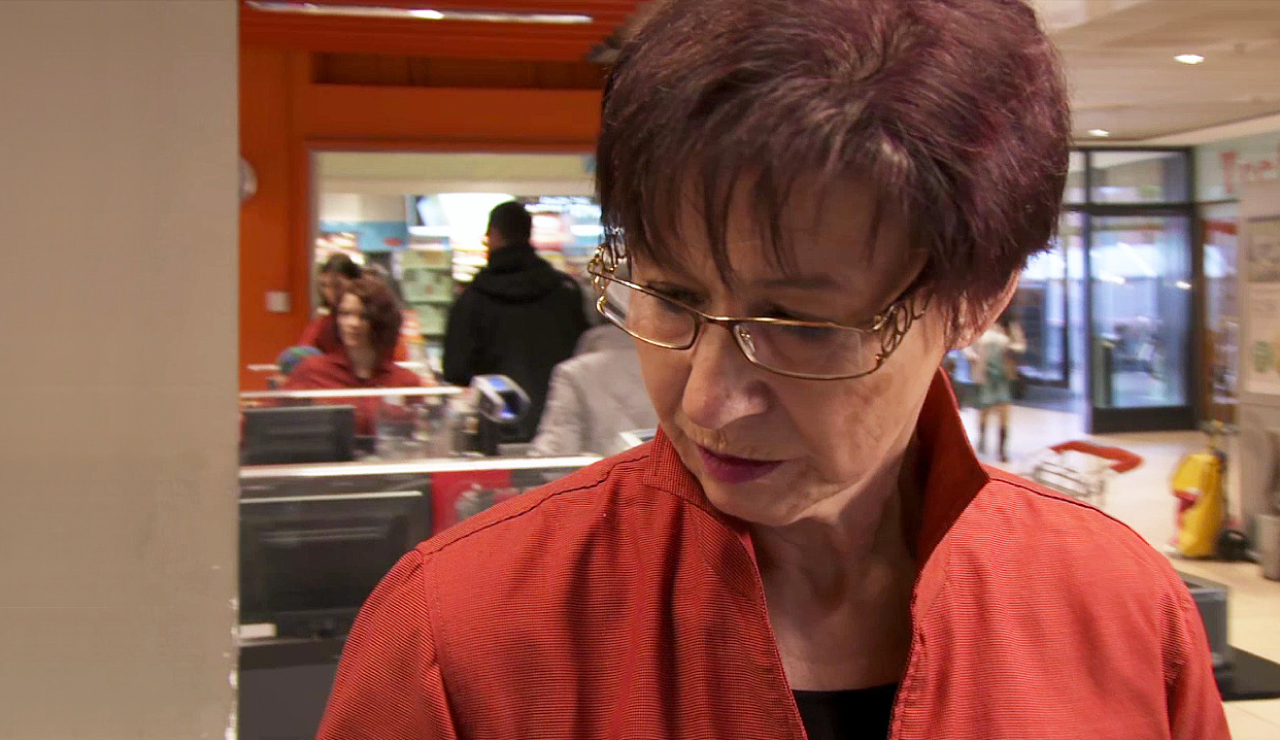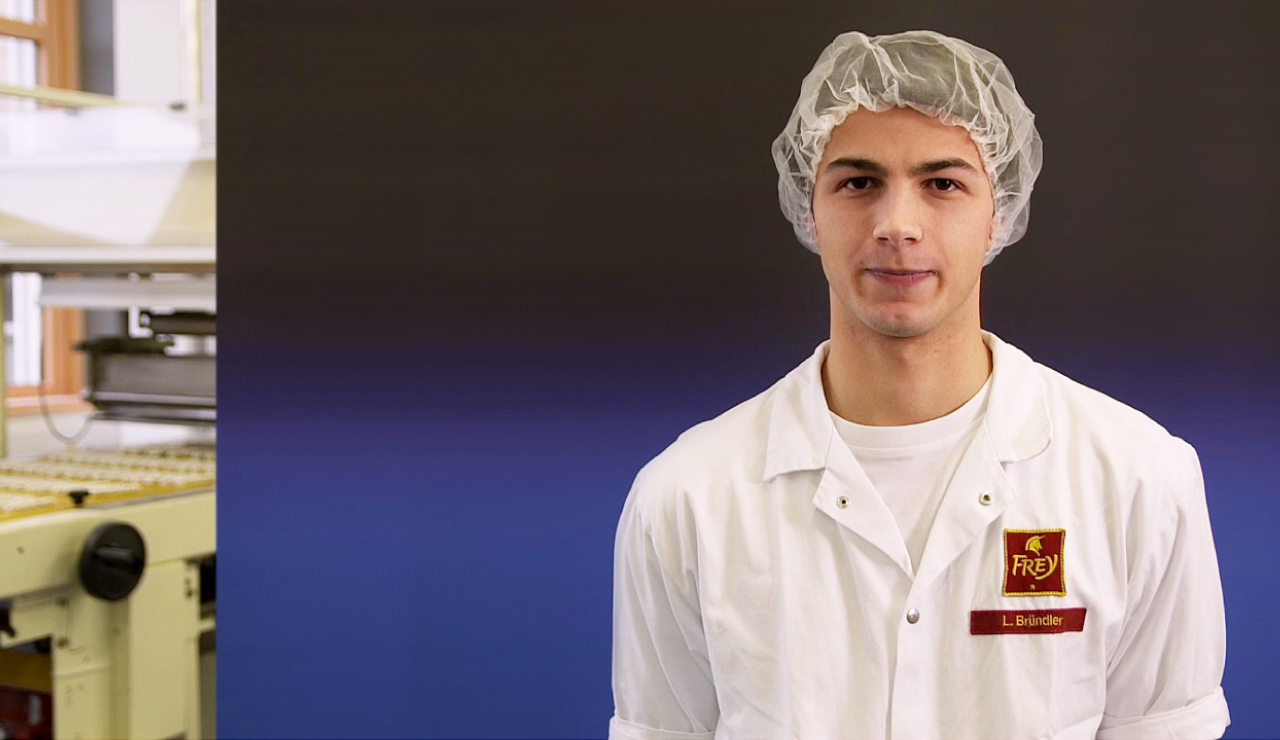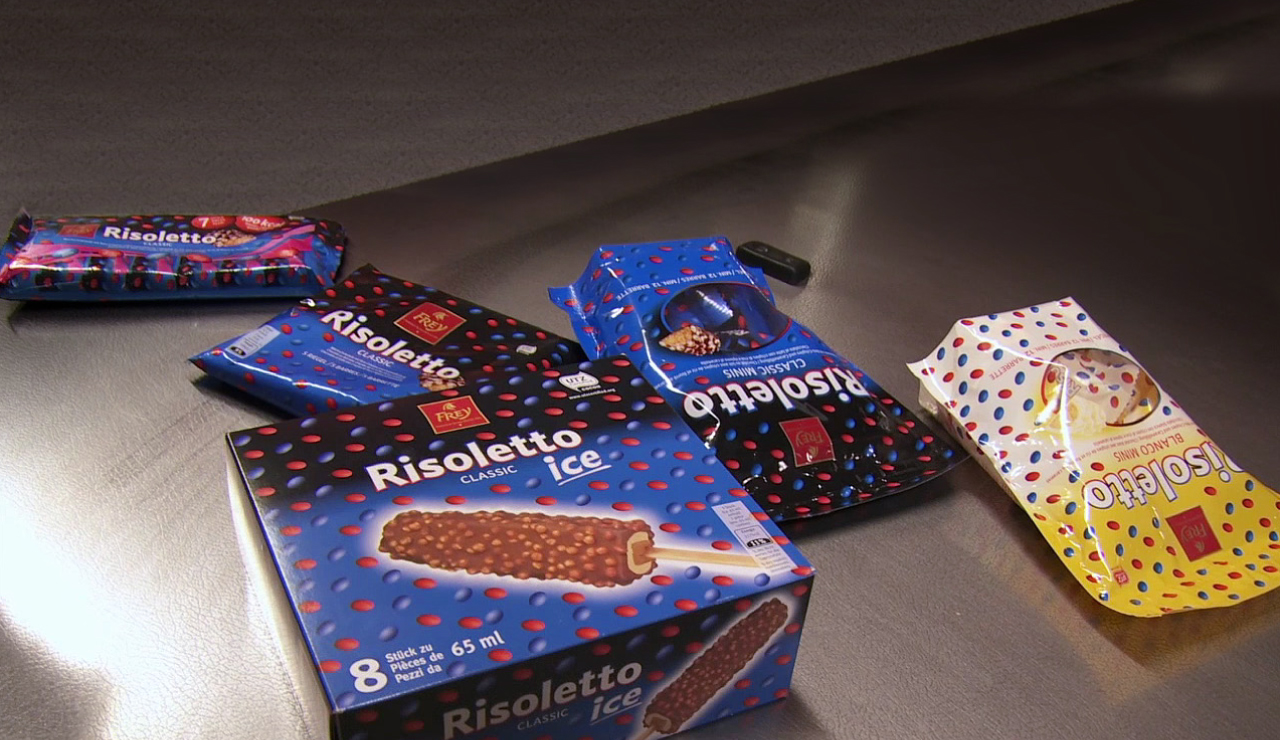Clean, efficient – and even more by rail
In 2013 Migros increased its focus on intermodal transport in order to switch even more shipments from road to rail.
International procurement logistics and the national distribution of goods are central components of Migros' 2020 climate and energy strategy. For domestic shipments, Migros always uses rail transport, where possible. The proportion of goods transported by rail between the national and regional distribution centres is 75%. However, for the final mile to the supermarkets, road transport is essential. That is why the regional Cooperatives have their own fleet of 557 vehicles, which cover 29.8 kilometres annually. Migros is committed to efficient journeys and clean vehicles in this area. 73% of these kilometres are driven with low-emission trucks that meet the Euro 5 and 6 emission standards.
Charts on CO2 emissions from goods transport
Cooperative Retailing and Industry
1 Tonne kilometres (tom) according to HVF survey
Chart on kilometrage of Euro category lorries
Cooperative Retailing and Industry
Growing proportion of rail transport
With more than one million tonnes of freight per year, Migros has been the biggest customer of SBB Cargo for years. In 2013 goods wagons of SBB Cargo covered a total of about 10.7 million kilometres for the Migros Group, 8% more than in the previous year. Reasons for this include the switch from road to rail, as well as intermodal transport: for example, shipments between the Migros Distribution Centre Suhr and the operations centre of Migros Vaud in Ecublens were fully switched to rail in autumn 2013.
In addition, Globus has been using only intermodal transport for long distances since March 2013: in the Otelfingen distribution centre, goods requested by the branches are loaded into swap bodies and driven by lorry to the rail terminal in Dietikon. From there, the shipments reach the transshipment terminals in eastern, southern and western Switzerland by rail. The final mile from the terminal to the branch is driven by lorry. With this transport concept, CO2 emissions can be reduced by 380 tonnes per year.
Chart on rail transport kilometrage 2009–2013
Direct connection from the port
Air freight imports make up a small proportion of the total import volume. At Migros, almost all goods from the Far East are sent to Europe by ship. Migros takes care to ensure that the goods are forwarded from the European destination port in an equally environmentally friendly way. 97% of the containers are transported by rail from the ports in Switzerland. The rest are transported by barge. Lorries are only used in cross-border container traffic in exceptional cases.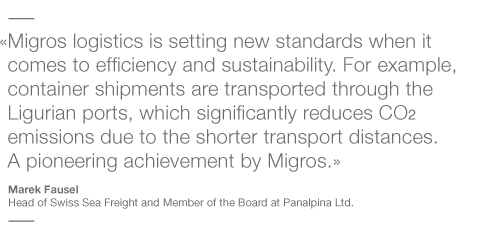
Rail shipments from the southern ports of Italy also established themselves well in the reporting year. Since May 2013, textiles from Southern India have been imported exclusively via Italian ports and subsequently forwarded to Switzerland by rail, which shortens the journey by several thousand kilometres. On the journey between India and the distribution centre, this solution reduces energy consumption by 30% and carbon dioxide emissions by 16%. In addition, the goods arrive at their destination up to two weeks earlier than if sent via the conventional sea route and the ports in Germany and the Netherlands. For years, Migros has been the only retailer in Europe to transport bananas by rail from Bremerhaven to the local ripening facility.


